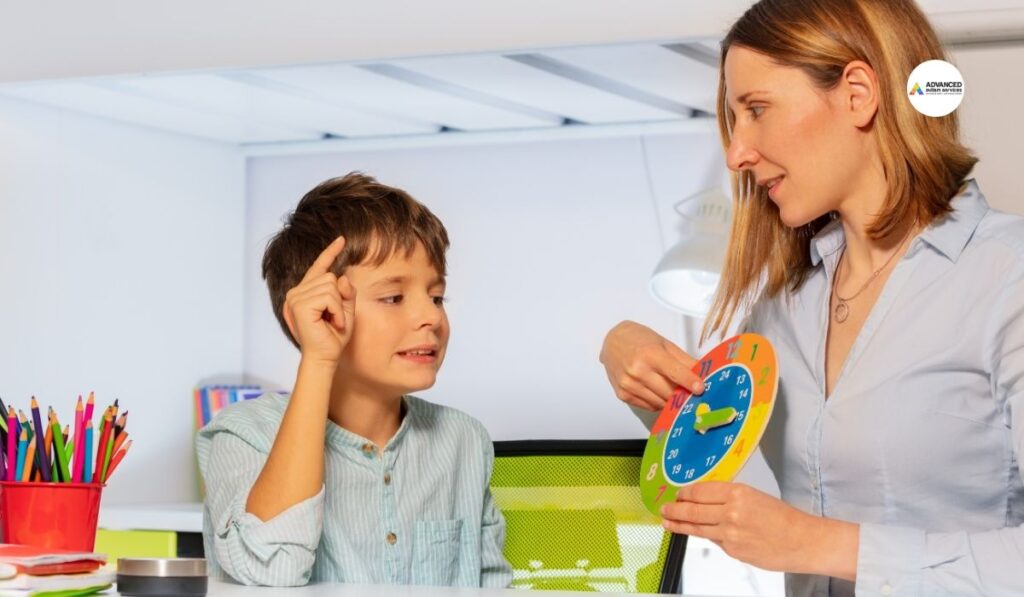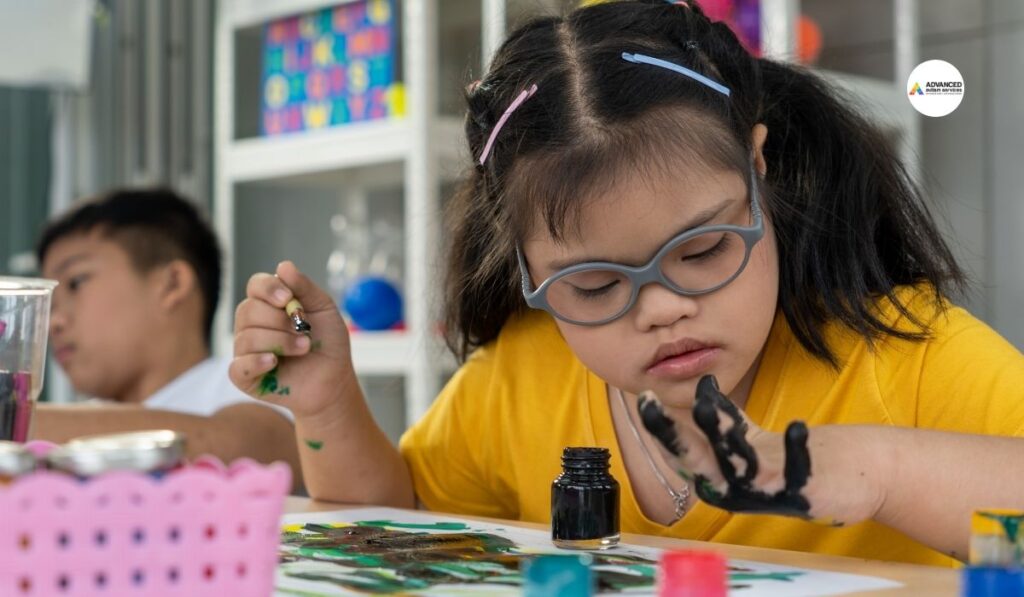Autism Spectrum Disorder (ASD) is a neurodevelopmental disorder characterized by challenges in social interaction, communication, and restricted or repetitive behaviors. Children with autism often struggle to form social bonds, which are crucial for their overall well-being and development. However, with the right techniques and support, it is possible to facilitate social connections and foster meaningful relationships among children with autism. In this article, we will explore various techniques aimed at promoting social bonds in children with autism.
Structured Social Skills Training
Structured social skills training is a foundational component of interventions aimed at promoting social bonds among children with autism. This method involves breaking down complex social behaviors into manageable steps and teaching them in a systematic and structured manner. By focusing on specific social skills and communication techniques, children with autism can develop a repertoire of behaviors that enable them to engage more effectively in social interactions. Additionally, programs like ABA Virginia Beach, VA can provide tailored support and guidance, further enhancing the effectiveness of social skills training.
One key aspect of structured social skills training is the emphasis on teaching basic social etiquette. These etiquettes include fundamental behaviors such as taking turns, making eye contact, initiating conversations, and understanding social cues. For children with autism, who may struggle with interpreting social signals and navigating social norms, explicit instruction in these areas is essential. Through structured training sessions, facilitated by educators, therapists, or parents, children learn the importance of these behaviors and how to apply them in different social contexts.
Peer-Mediated Interventions
Peer-mediated interventions represent an innovative and effective approach to promoting social bonds among children with autism. This method involves pairing children with autism with typically developing peers to facilitate social interactions and friendships in naturalistic settings. Peers act as role models, mentors, and friends, providing valuable opportunities for children with autism to learn and practice social skills in real-life contexts.
One of the key benefits of peer-mediated interventions is the opportunity for children with autism to learn social skills through naturalistic interactions with their peers. Unlike structured training sessions led by adults, peer-mediated interventions allow children to observe and emulate the social behaviors of their typically developing peers in authentic social situations. This experiential learning approach is highly effective in promoting social skill development and fostering meaningful social connections.
Visual Supports and Social Stories
Visual supports play a crucial role in supporting the social development of children with autism by providing them with tangible tools to understand and navigate social situations effectively. These supports include visual schedules, social stories, and picture prompts, which are designed to enhance comprehension and facilitate communication in various social contexts.
Visual schedules are visual representations of a sequence of activities or tasks, presented in a structured and sequential manner. For children with autism who may struggle with transitions and changes in routine, visual schedules serve as a visual roadmap, helping them anticipate and prepare for upcoming events. By providing clear visual cues, visual schedules reduce anxiety and confusion, enabling children to navigate daily routines with greater independence and confidence.
Positive Reinforcement and Encouragement
Positive reinforcement is a powerful tool in promoting social bonds among children with autism. It involves rewarding desired social behaviors and efforts made by children with autism through various means such as praise, encouragement, tokens, or privileges. By focusing on the strengths and successes of children with autism, caregivers and educators can boost their self-esteem and motivation to engage in social interactions, thus fostering the development of meaningful social bonds.
One of the key aspects of positive reinforcement is the emphasis on acknowledging and reinforcing specific social behaviors exhibited by children with autism. This may include behaviors such as initiating conversations, sharing toys, using appropriate greetings, or demonstrating empathy towards others. By providing positive feedback and reinforcement for these behaviors, caregivers and educators can reinforce the importance of social skills and encourage their continued practice and development.
Social Skills Groups
Social skills groups offer valuable opportunities for children with autism to develop and enhance their social abilities in a structured and supportive environment. Led by trained professionals such as therapists or educators, these groups focus on teaching and practicing specific social skills that are essential for successful social interactions. By participating in social skills groups, children with autism can learn from their peers, receive feedback, and gain confidence in their social abilities.
One of the primary benefits of social skills groups is the opportunity for children with autism to practice social skills in a structured and supportive setting. These groups typically consist of small, carefully selected groups of children who share similar social challenges and goals. Through structured activities, role-playing exercises, and group discussions, children have opportunities to practice and refine social skills such as making friends, initiating conversations, taking turns, and understanding social cues.
Collaborative Communication Strategies
Effective communication among caregivers, educators, therapists, and children with autism is crucial for fostering social bonds and supporting overall development. Collaborative communication strategies involve sharing information, setting common goals, and implementing consistent approaches across various environments to ensure a coordinated and supportive system for children with autism.
One key aspect of collaborative communication strategies is the sharing of information among stakeholders. Caregivers, educators, and therapists should regularly communicate and exchange relevant information about the child’s strengths, challenges, preferences, and progress. This information sharing ensures that all members of the support team have a comprehensive understanding of the child’s needs and can work together to address them effectively.
Conclusion
In conclusion, collaborative communication strategies play a vital role in promoting social bonds and supporting the overall development of children with autism. By sharing information, setting common goals, implementing consistent approaches, and involving the child in the communication process, stakeholders can work together as a team to provide a unified and supportive system for children with autism. Through collaborative efforts, children with autism can receive the comprehensive and coordinated support they need to thrive socially and achieve their full potential. For more information on autism support and In-home ABA Therapy Services in Virginia Beach, feel free to visit us at Advanced Autism Services.
FAQs
How can structured social skills training help children with autism?
Structured social skills training involves breaking down complex social behaviors into manageable steps and systematically teaching them. By focusing on specific social skills such as taking turns, making eye contact, and understanding social cues, children with autism can develop the necessary skills to engage more effectively in social interactions.
What are peer-mediated interventions, and how do they benefit children with autism?
Peer-mediated interventions involve pairing children with autism with typically developing peers to facilitate social interactions and friendships. Peers act as role models, mentors, and friends, providing valuable opportunities for children with autism to learn and practice social skills in naturalistic settings. This approach fosters meaningful social connections and enhances social skill development.
How do visual supports and social stories help children with autism navigate social situations?
Visual supports, such as visual schedules, social stories, and picture prompts, provide tangible tools for children with autism to understand and navigate social situations effectively. Social stories, in particular, offer step-by-step guidance on appropriate behaviors and responses, while visual schedules help reduce anxiety and confusion by providing clear visual cues.
What are receptive integration techniques, and how do they benefit children with autism?
receptive integration techniques aim to regulate receptive input, create receptive-friendly environments, and engage children in autism-based activities to alleviate anxiety and promote comfort in social settings. These techniques, such as receptive diets and autism-friendly environments, help children feel more comfortable and engaged in social interactions.
How do positive reinforcement and encouragement support the social development of children with autism?
Positive reinforcement involves rewarding desired social behaviors and efforts made by children with autism through praise, encouragement, or privileges. By focusing on the strengths and successes of children with autism, caregivers and educators can boost their self-esteem and motivation to engage in social interactions, thus fostering the development of meaningful social bonds.
What are social skills groups, and how do they help children with autism improve their social abilities?
Social skills groups provide structured and supportive environments for children with autism to learn and practice specific social skills essential for successful social interactions. Led by trained professionals, these groups offer opportunities for children to learn from their peers, receive feedback, and gain confidence in their social abilities through structured activities and discussions.
How do collaborative communication strategies benefit children with autism and their caregivers?
Collaborative communication strategies involve sharing information, setting common goals, and implementing consistent approaches across various environments to ensure a coordinated and supportive system for children with autism. By working together as a team, caregivers, educators, therapists, and children with autism can effectively address social challenges and promote overall development.




